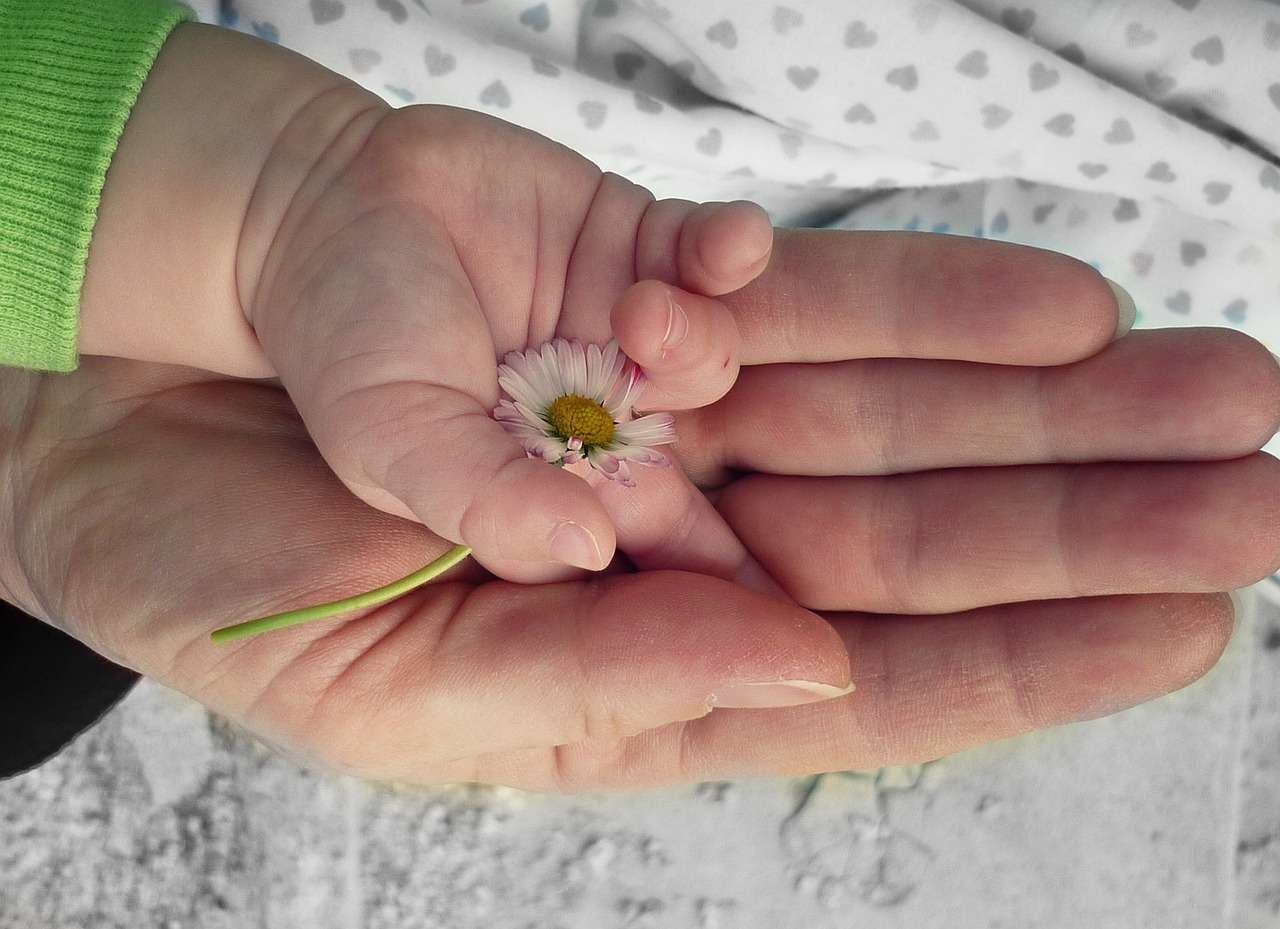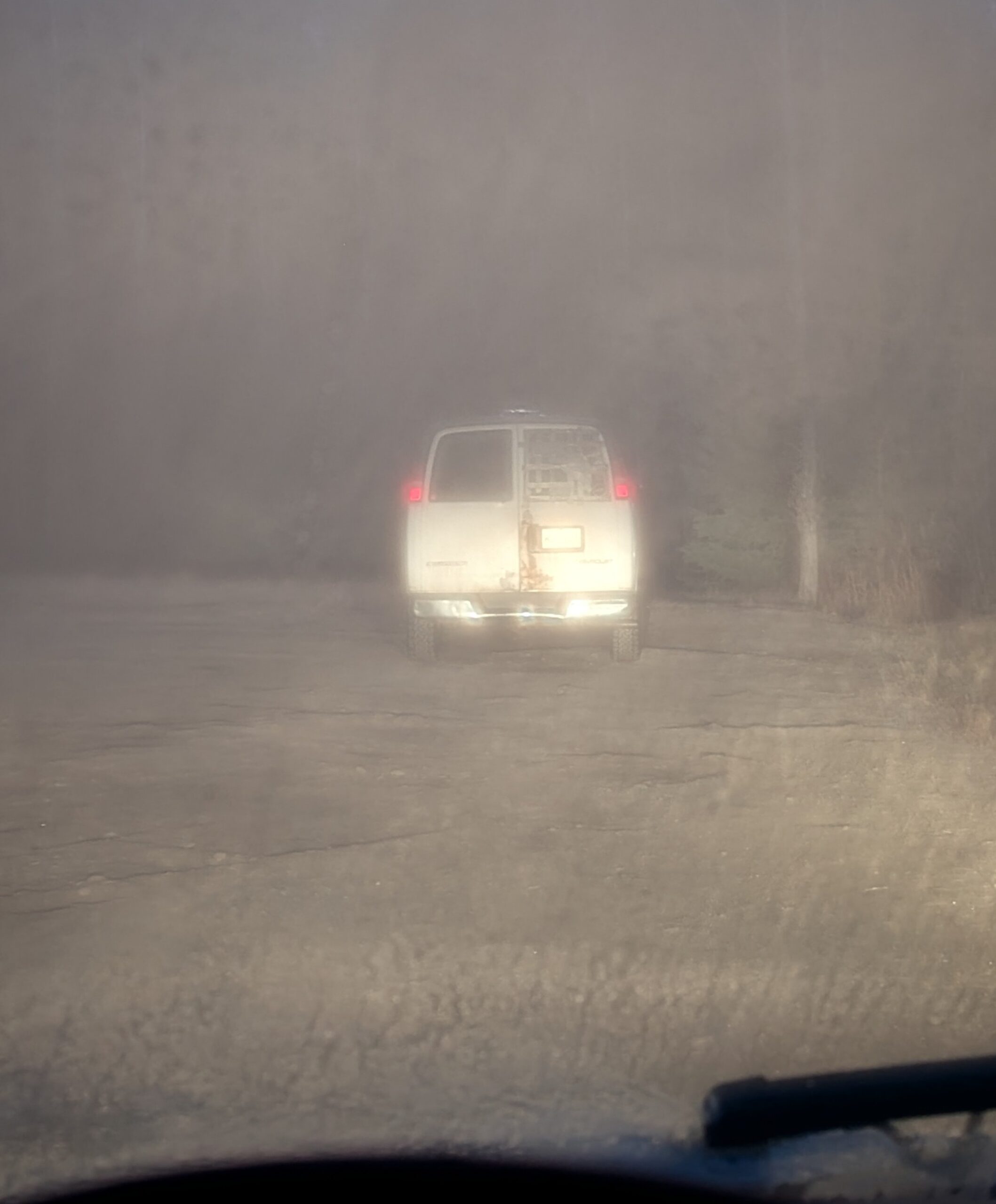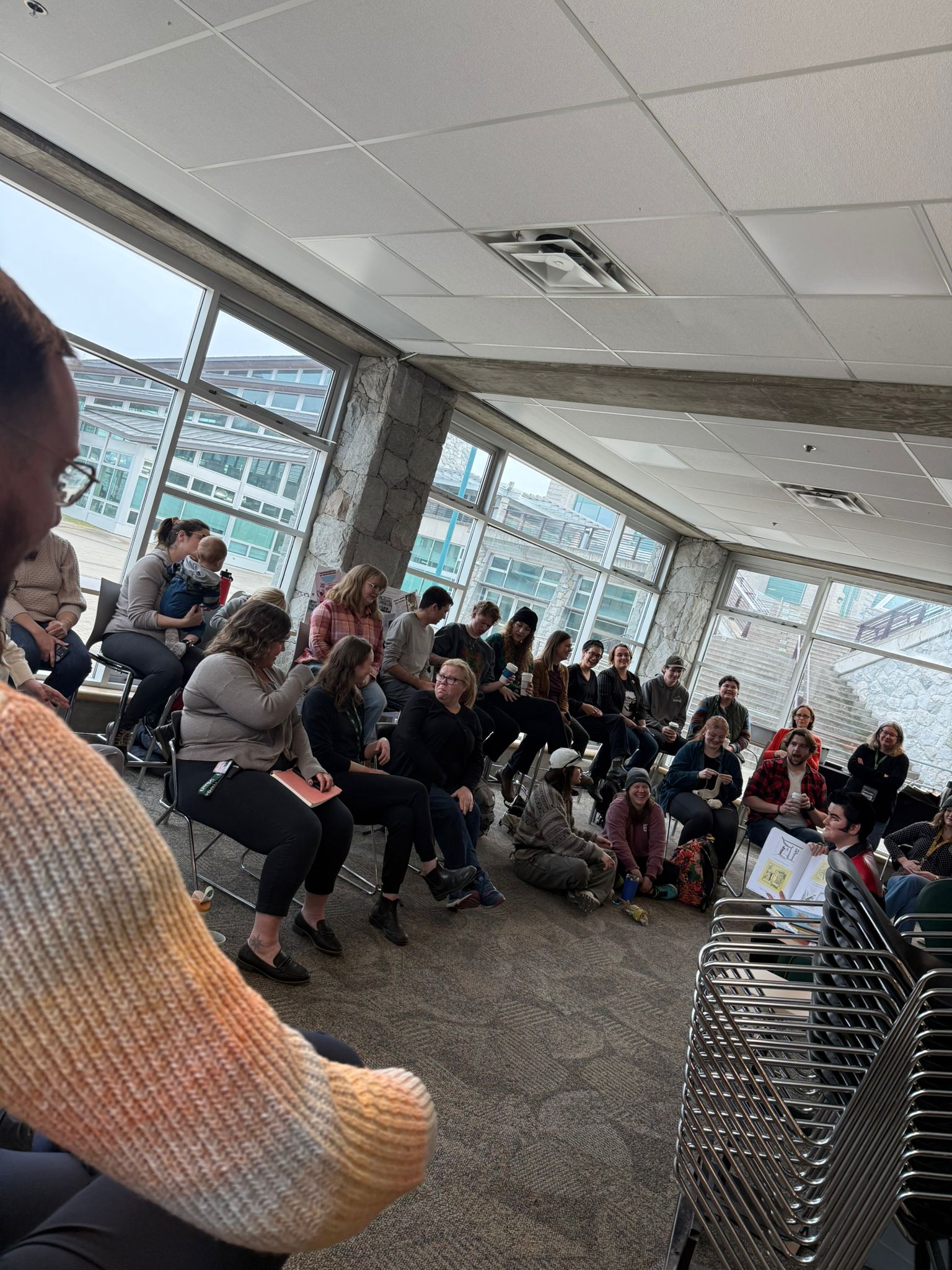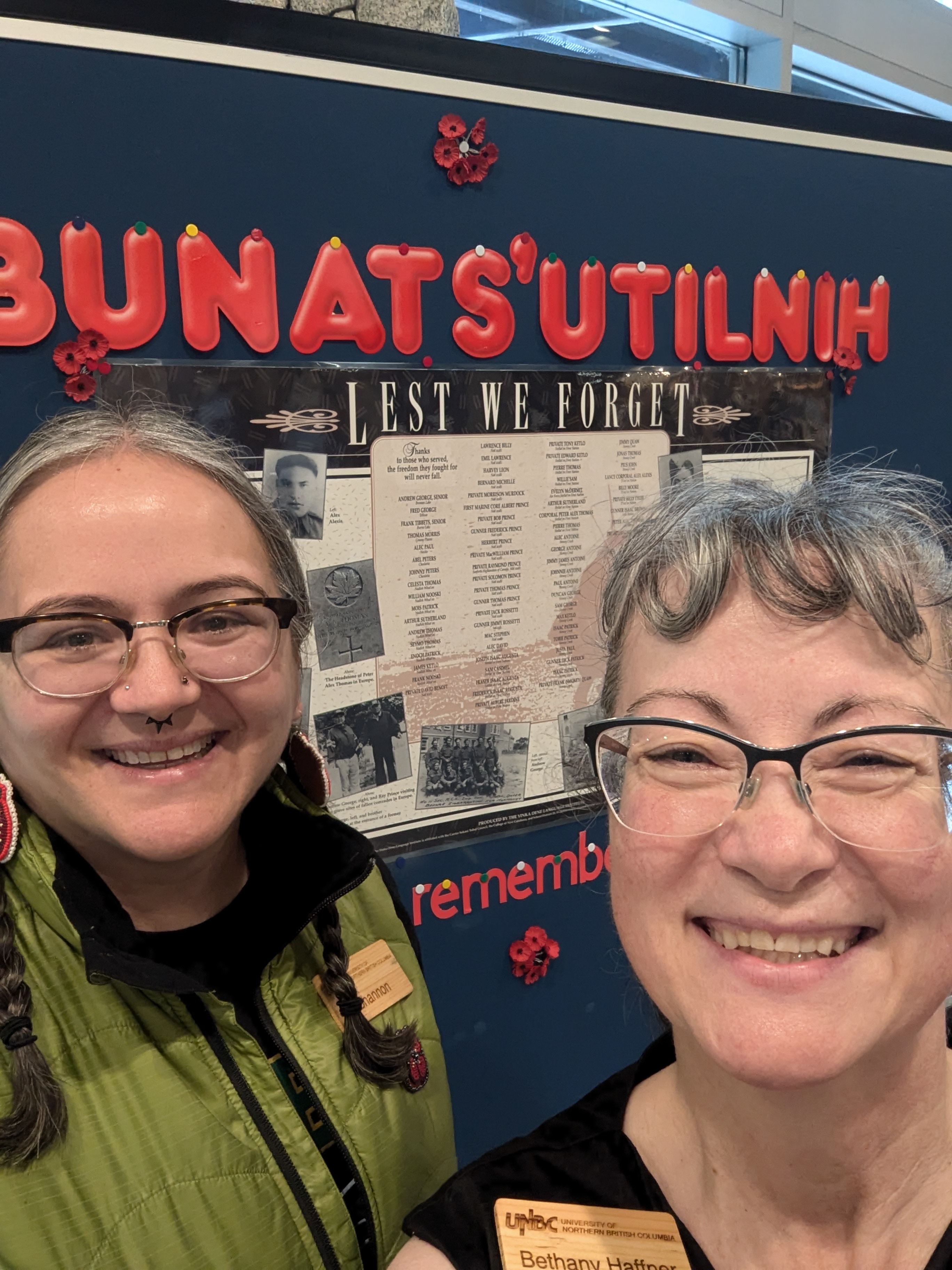The diffusion of responsibility is a phenomenon in which individuals feel less responsible for coping with emergencies when other group members are present. In other words, when more people are in a group, each individual is less likely to take action to deal with a crisis. In their first study, Darley and Latané (1968) studied the diffusion of responsibility with individuals in perceived group settings. They asked students to participate in an anonymous discussion via a communication intercom. In actuality, participants were listening to a set of tape recordings. One of the recordings included a confederate appearing to have a progressively intensifying seizure. The dependent variable in this study was the speed at which individuals reported the emergency to the researchers; the independent variable was the participant’s perceived number of group members in the discussion. According to the findings of this study, both the percentage of participants that reported the seizure and the response speed decreased as the perceived group size increased. Individuals who thought they were alone reported the emergency 85% of the time, whereas participants who thought four other group members were present reported only 31% of the time. To investigate diffused responsibility in an actual group setting, Darley and Latané designed a follow-up study to disprove the narrative that there is safety in numbers and hypothesized that groups of people are worse at coping with emergencies than individuals. In the decision-making process defined by Darley and Latané, three crucial stages must initially occur to interpret an event as an emergency and decide to take action: 1.) Noticing an ambiguous event; 2.) Interpreting it as an emergency; and, 3.) Assuming personal responsibility. Darley and Latané hypothesized that when people are in group settings, their interpretation of ambiguous events depends on the reactions of other bystanders. In the study on group inhibition, participants were directed to a false waiting room and asked to fill out a preliminary questionnaire. They were either alone, with two passive confederates, or in a group with three naive participants. Smoke slowly filled the room, starting as subtle puffs and gradually increasing until participants could no longer see. The dependent variable for this study was the length of time the naive participant stayed in the room before reporting the smoke; the independent variable was the group size and passivity. When tested alone, 75% of individuals reported the smoke within six minutes. When tested with two passive confederates (instructed not to react to the smoke), only 10% of the participants took action to cope with the emergency. In the group condition with three other naive bystanders, 38% of groups had at least one participant report the smoke. Subjects who did not leave the room later shared a variety of alternative explanations, sharing the common characteristic of interpreting the smoke as a non-dangerous event. Therefore, their non-response was reasonable given their interpretation of the event. Both studies conducted by Darley and Latané find (in two different emergencies and social conditions) individuals are less likely to engage in socially responsible action if they think other people are present. We often believe there is safety in numbers when in crisis, but the studies from Darley and Latané highlight the opposite as true. When considered subjectively, the diffusion of responsibility effect can be extremely disheartening; knowing other people might not feel the need to help you is horrifying. However, there is evidence that simply understanding the diffusion of responsibility can lessen its impact. That is, by reading this article and familiarizing yourself with diffused responsibility, you have equipped yourself to intervene in crises: you have become a better bystander.





